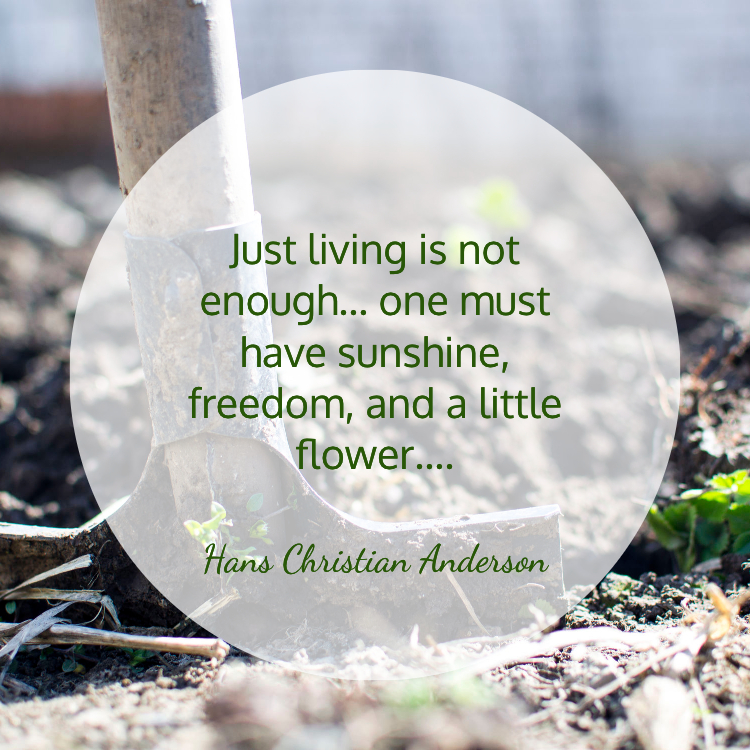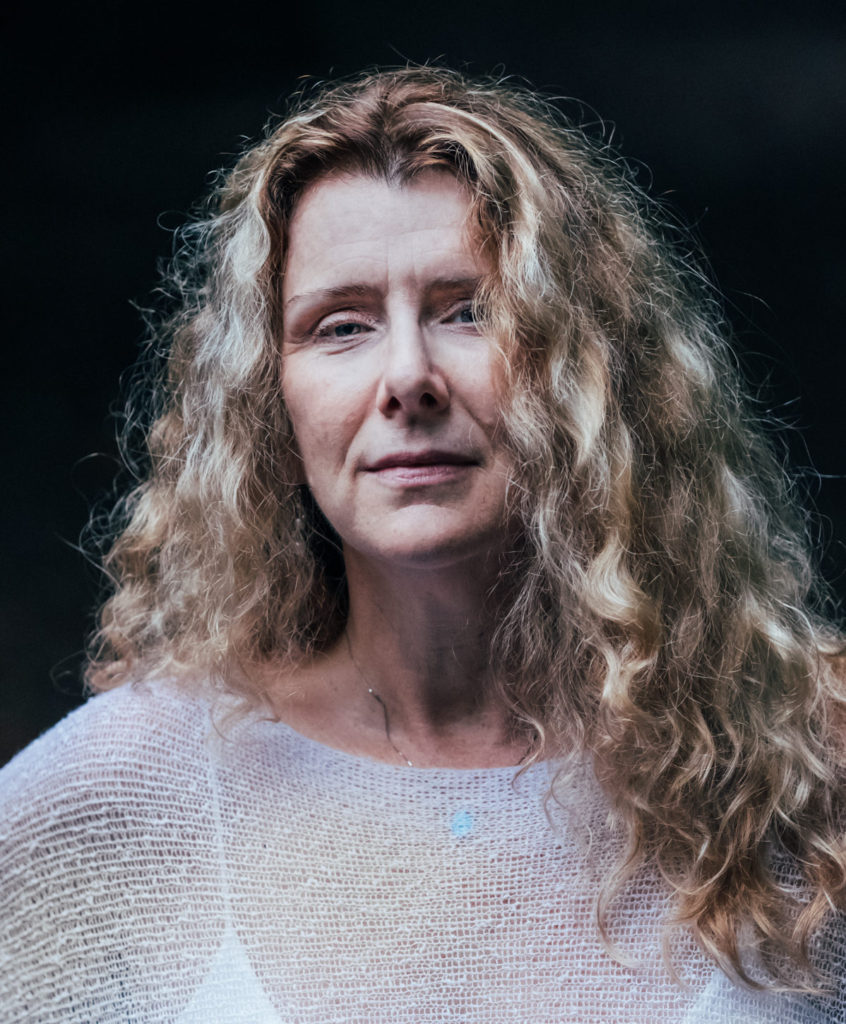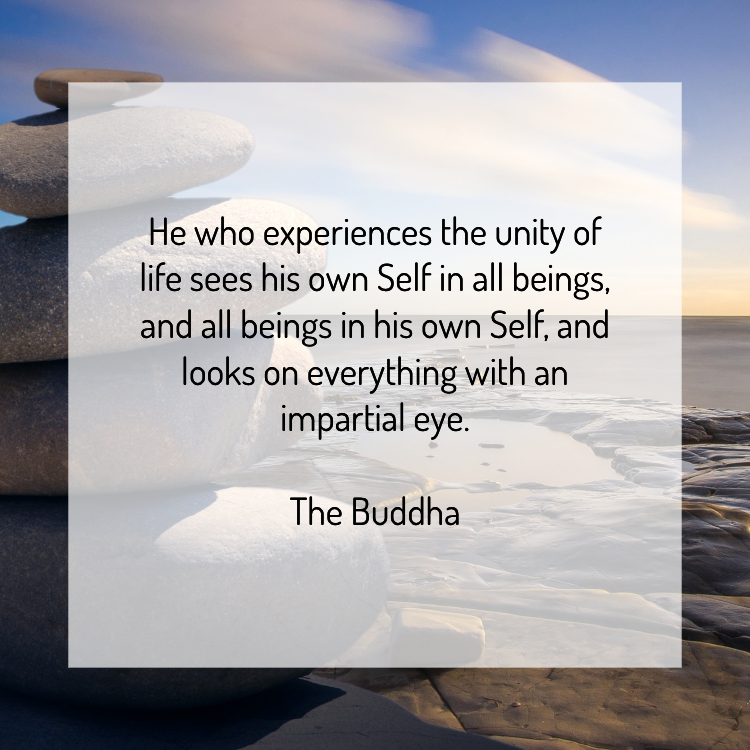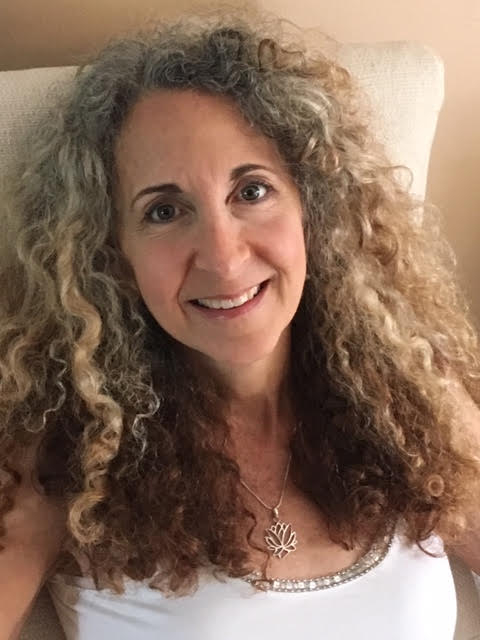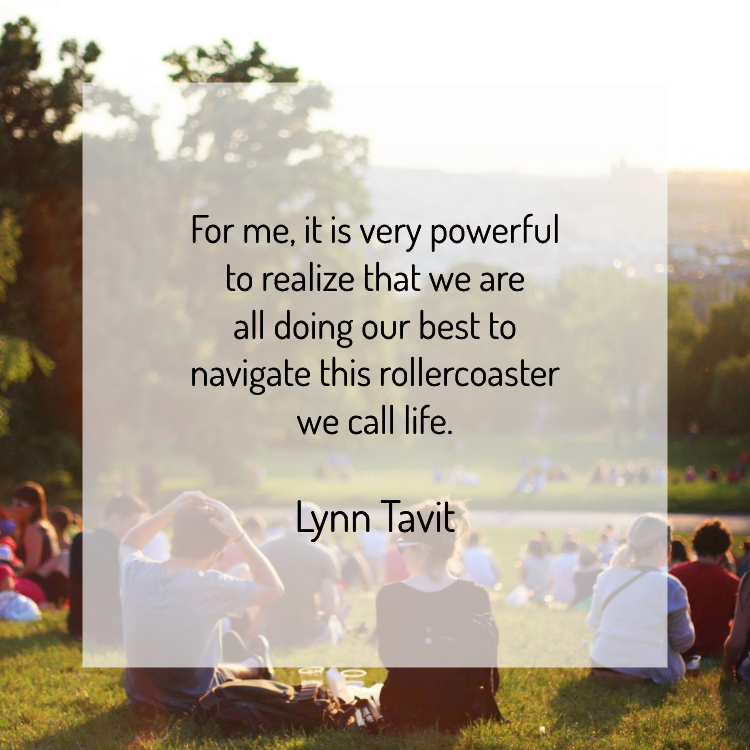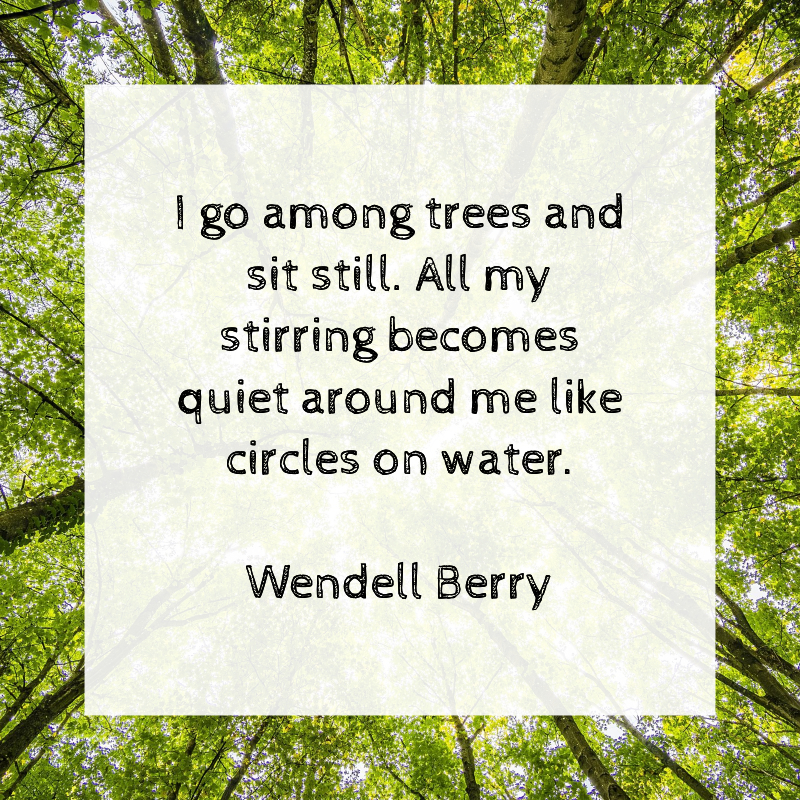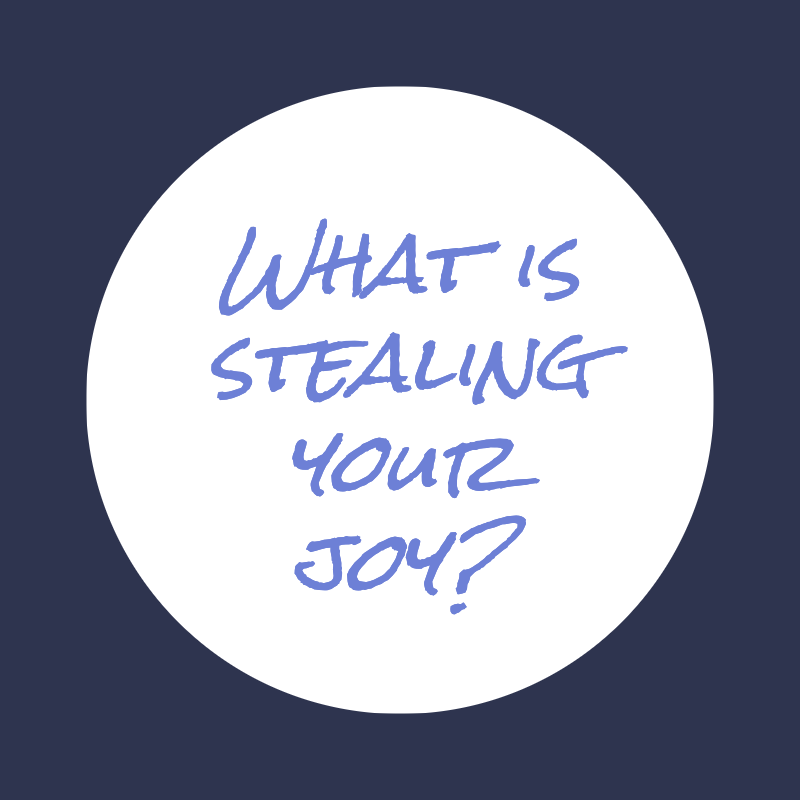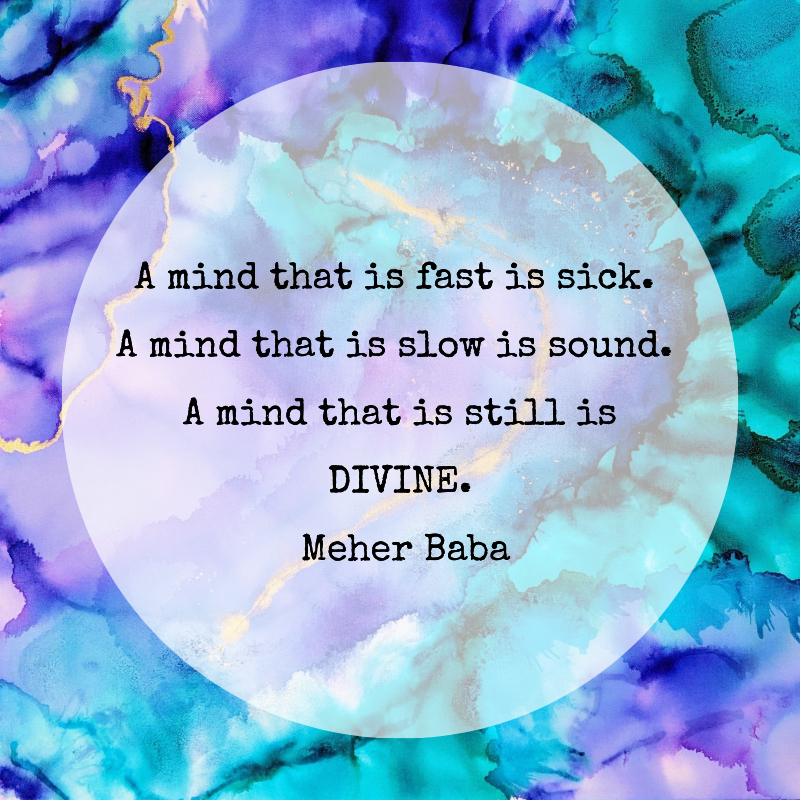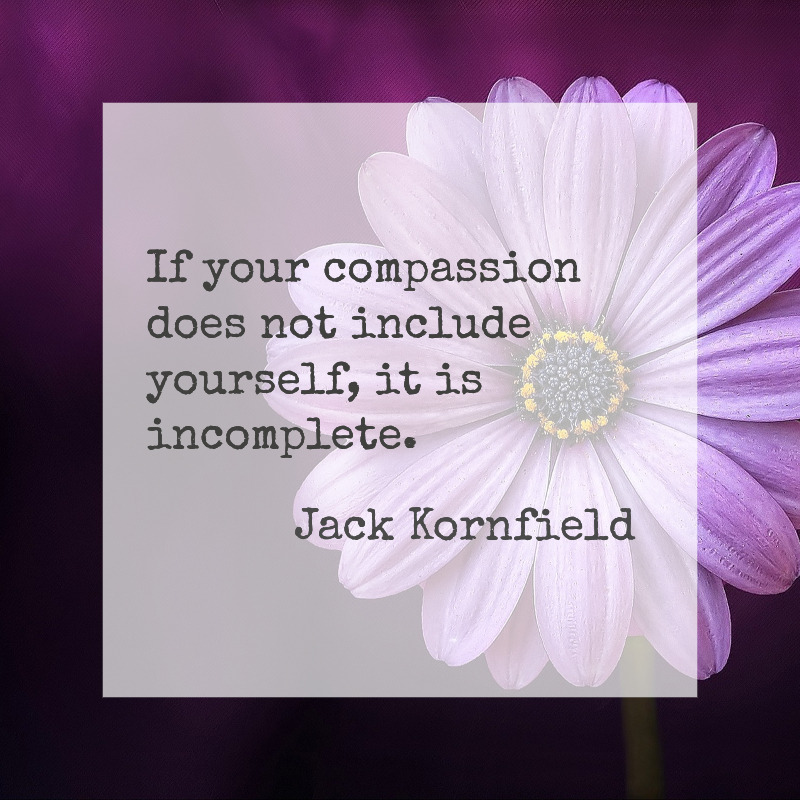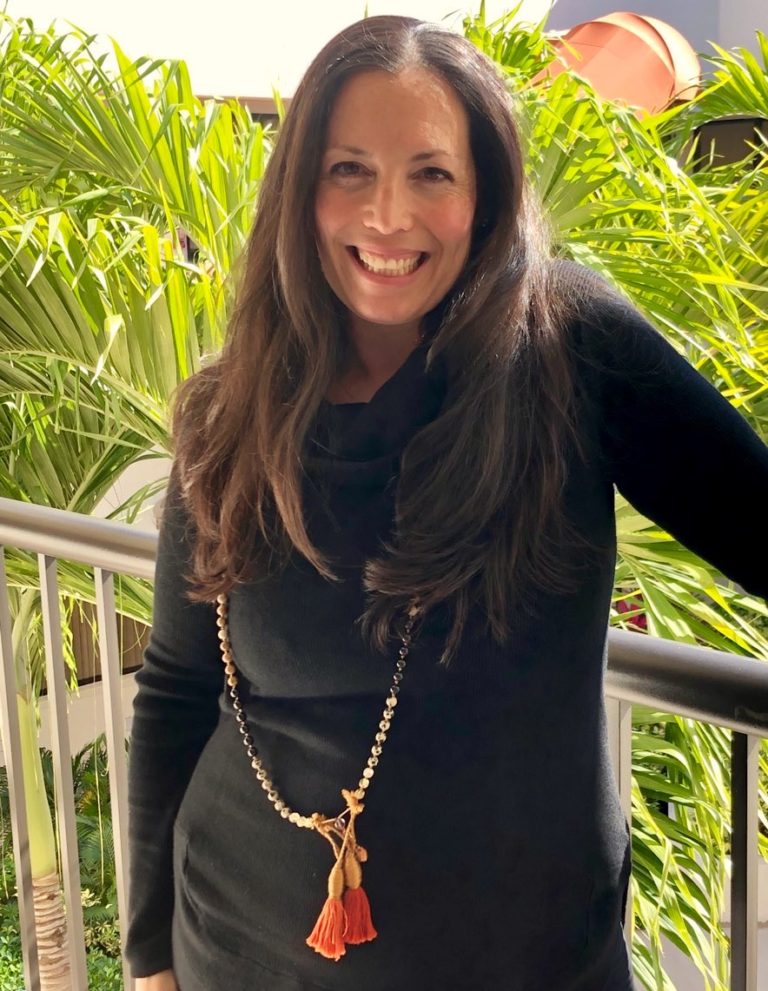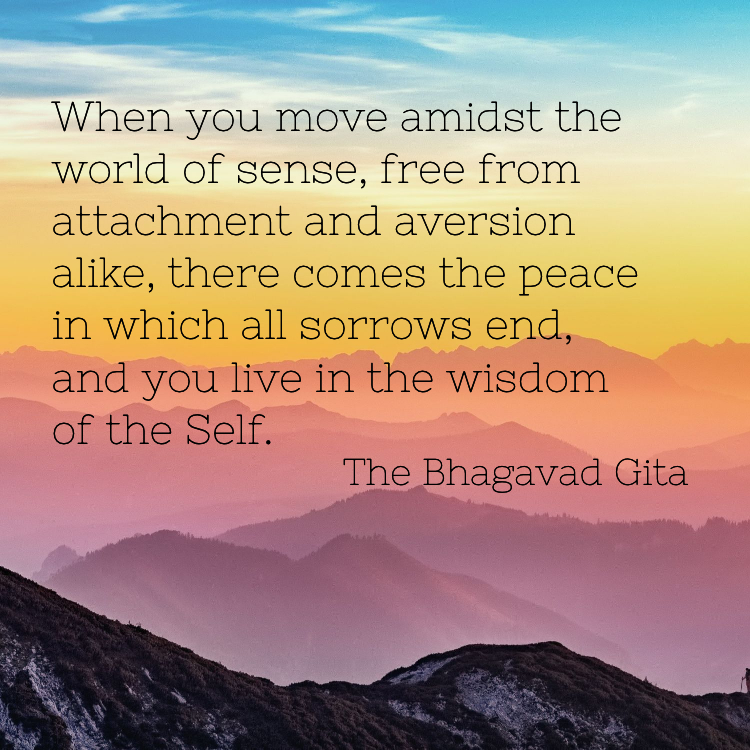
This past month, I taught the second foundation of Mindfulness in our Tuesday evening Vipassana class. I invited the group to explore feeling tones as they arose in meditation practice. The Pali word, Vedana, is roughly translated as feeling tones. Feeling tones are not to be confused with an emotion like anger or sadness, but rather refer to the experience of pleasant, unpleasant, or neutral.
The Buddha taught that attending to feeling tones allows us to be present with experience, where we have the ability to discover that something that is pleasant can also be unpleasant, vice versa, or neutral. Nothing is inherently pleasant or unpleasant and the practice can deepen our awareness, resulting in a clearer vision. The insight that is experienced through cultivating mindfulness of feeling tones is that experiences we consider pleasant may lead to attachment, while unpleasant situations often bring on aversion and avoidance. When we practice noting our feeling tones, we can break the cycle of clinging and aversion – setting us free to experience life as it unfolds and ultimately building equanimity.
As I sat in meditation and brought awareness to my breath, I noted the pleasant feeling of my chest rising and falling in a rhythmic, soothing manner. I made a mental note of PLEASANT. When attention shifted to scanning the body, I noticed a cramp in my foot, noting UNPLEASANT. I stayed with the sensation as it tightened more and eventually gave way to releasing. I continued to note the sensations of unpleasant, unpleasant, and unpleasant… until attention shifted to my hands resting on my lap in relative ease. I noted NEUTRAL, with a sigh of relief! How remarkable that all of these sensations were happening at the same time, with each sensation in the body assigned a different feeling tone. And YES, there was a preference acknowledged for the pleasant and neutral. Such is human nature and also a part of building awareness to see more clearly the habits of the mind and body. Through this practice, I continue to experience greater ease and detachment.
Here are some simple guidelines to practice observing feeling tones during meditation:
1. This can be practiced during mindful movement, sitting meditation, walking meditation, or a body scan.
2. Set the intention to simply note activity in the mind or sensations in the body as pleasant, unpleasant, or neutral.
3. Notice what feeling tones are predominant in awareness, without judgment.
4. If more pleasant, get curious and open to unpleasant or neutral.
5. If more unpleasant, get curious and open to pleasant or neutral.
Bringing curiosity and beginner’s mind to each moment-to-moment experience, notice what happens when simply noting, without going into a story (like I should have chosen a chair to sit in) or trying to change the experience (moving or stretching the leg out). The patience to stay can give rise to seeing that pleasant and unpleasant experiences are impermanent and can also be present at the same time.
Come FALL back in love with practice by joining the Tuesday evening sanga as we continue to practice and learn the four foundations of mindfulness. Happy Thanksgiving!
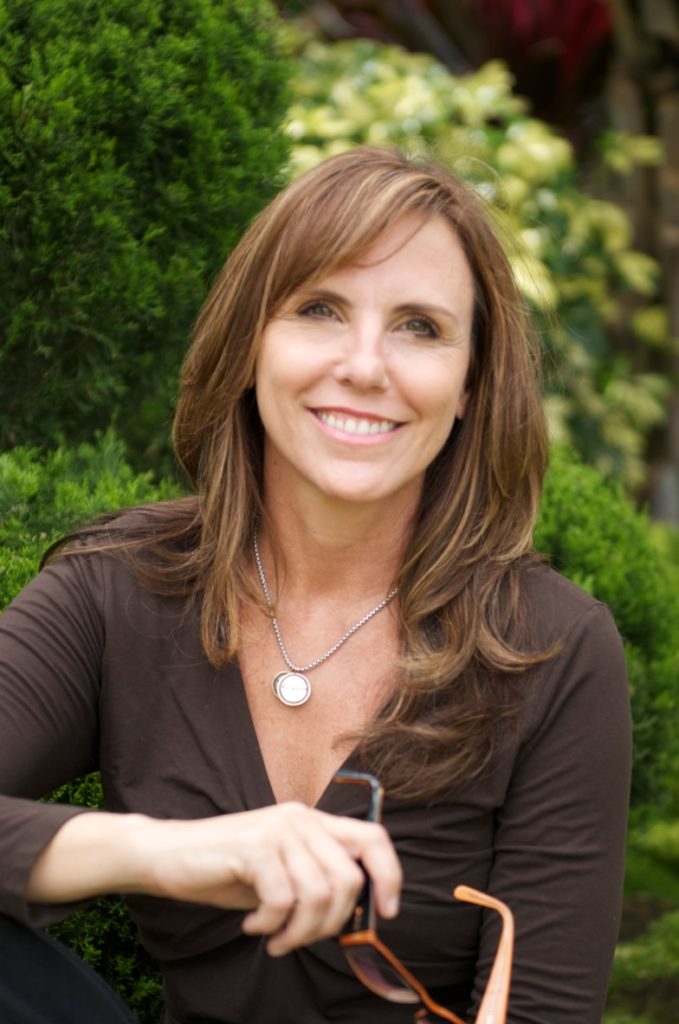
Patty Thomas Shutt, founder of Sacred Treehouse, is a licensed psychologist and co-owner of Therapeutic Oasis of the Palm Beaches. Dr. Shutt is passionate about helping others discover the benefits of mindfulness and meditation. She offers Beginner Meditation & Advanced Meditation classes at Sacred Treehouse, in addition to Mindfulness Based Stress Reduction, Mindful Self-Compassion and various book studies throughout the year.



